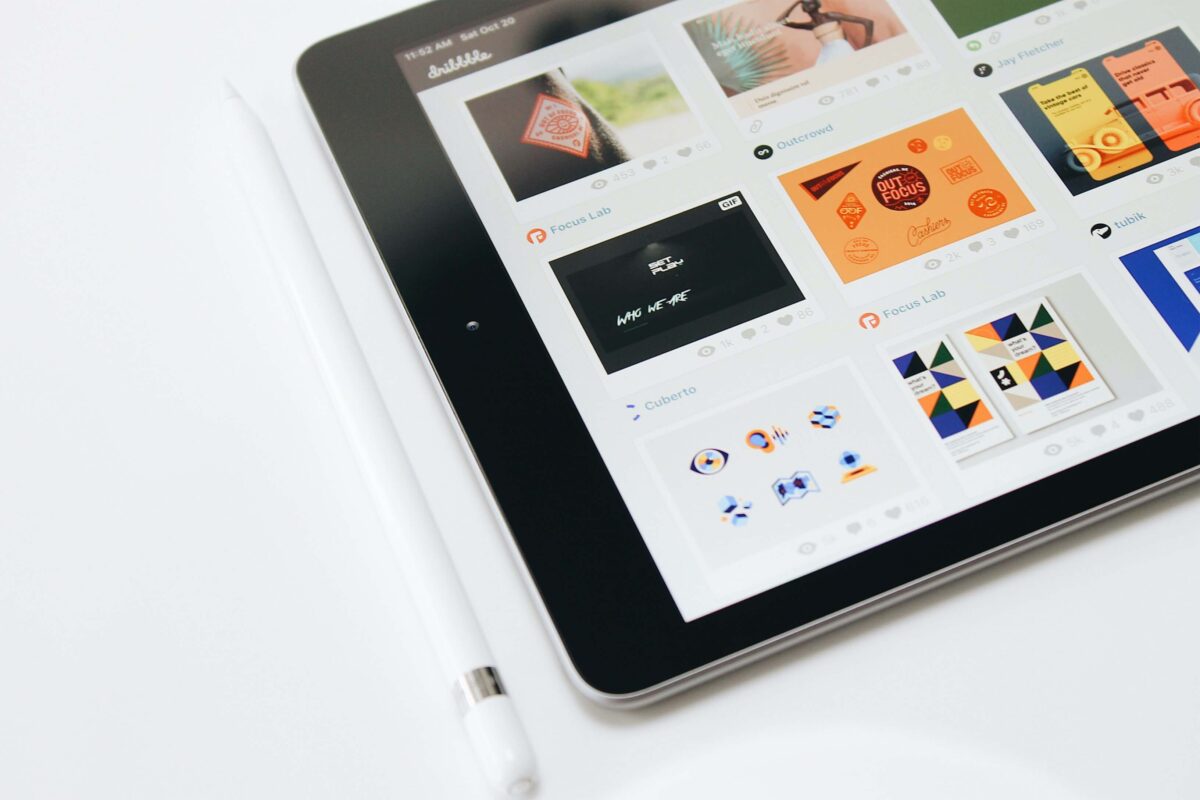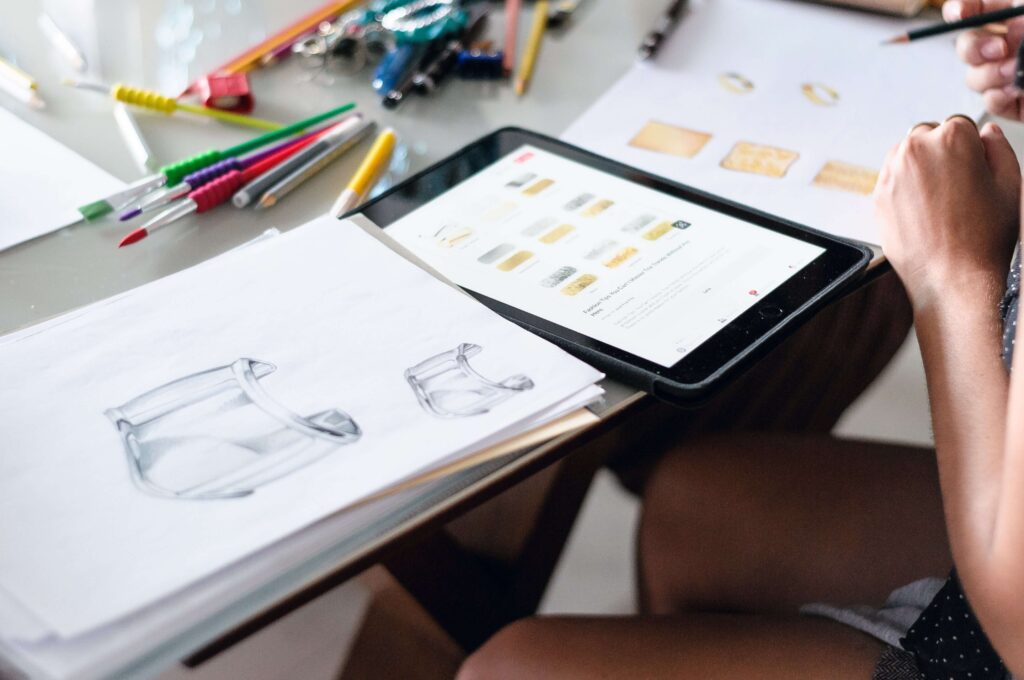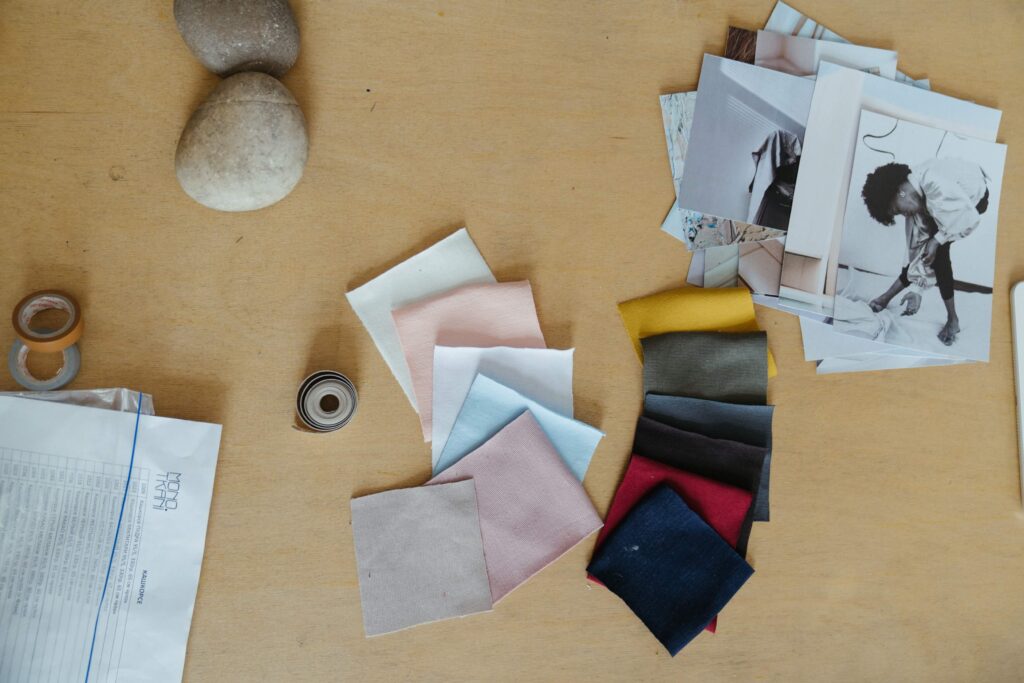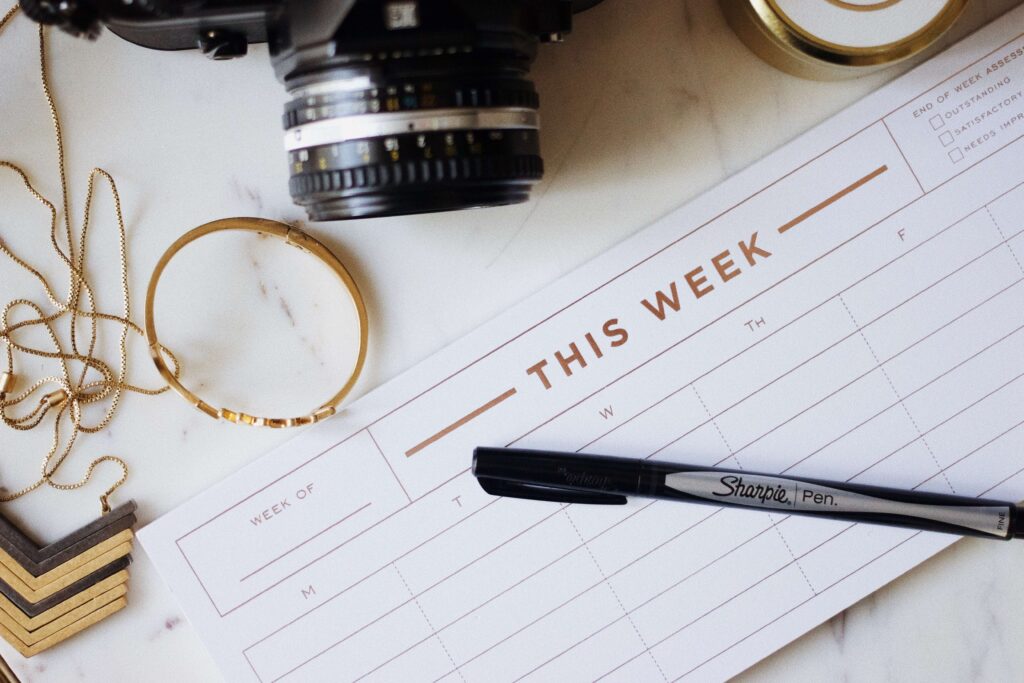What Is a Design Brief and What Should Be Included?

You finally land your first freelance gig and your client sets up a meeting to discuss the design brief. Now, this is not a reason to panic, a design brief is simply a document wherein you pretty much cover all of the bases of the project.
What is a Design Brief?
If you are new to freelancing or the world of creative work, it might be the first time you encounter a “design brief”. As its name implies, it’s a summary of the design or work you will be doing for a client. For example, if you are a website designer, this can include everything from what type of font the client wants or the company colors to be used. But that’s not all a design brief is for, it will also include other important details about a project, including deadlines or even budgets.

A design brief and its contents will rely heavily on your industry, the project you are specifically doing, and of course, the client you are working for. Some clients require every little detail to be put in while others prefer generalized information so it doesn’t get too long.
As modern freelancers, it’s best to create design briefs that can be viewed any way a client wants. You can ask your client what kind of design brief they would want (something that can be projected, printed out, or maybe even both). And of course, you need to make the brief accessible for the clients’ changes or comments.
What’s It For?
Now, you may be wondering what is it even for. Like, why should you even bother to do his document when you have the actual work you need to do for your client? There are many reasons to make a brief and most of them are very beneficial to you, the freelancer.
Communication
Just imagine you are talking to your client via chat or even video call, how will you explain a design project? How will the client relay the information to you? Will they send one email after another on all of the things they want? That’s going to be very confusing on your end. It will also waste a lot of time and effort on communication with your client.
Clarity

In the design world, making yourself clear on a project can be very challenging. For instance, colors, just think how many shades of whites, pinks, yellows, and blues are out there. With a design brief, you can narrow down specific colors to help your clients decide on which one they may want for their project. At the same time, the client can simply put in the actual HTML color they actually want on the brief.
Professionalism
When you have a (proper) brief it can give the impression to your client that you are a serious business and a legit freelancer. This professional document can show clients what you can offer and the way you work. If you just send random messages or emails, it’s all very cluttered. It will be hard for you and your clients to keep track of all their requests and subsequent changes that are made.
Protection

There are some clients out there who are very fickle when it comes to requests. These types of freelancing gigs can be very challenging as they can end up wasting your time and efforts. You need to protect yourself from clients who abuse your work and one way to do that is to have a design brief. A brief contains the scope of a project as well as a timeline or schedule.
At the same time, a brief can also include the requests your clients made. So for example, if you have already agreed with your client to make a web page in blue, that’s going to be on the brief. If they change their mind, it should be in the brief what the new color should be. You can then keep track of how many times the client changes their minds or you can show them the last request they made. (To help you against fickle-minded clients, look into billing time increments to help you out.)
What Should Be Included in a Brief?
Now every creative brief can be different as industries and clients vary. However, there are key details that all briefs should have. Below are some of the most important things that a brief should have:
Scope of a Project
What is included in the project? What kind of work do you specifically have to do? In a web designing project, will you be doing image sourcing? Or are just responsible for coding or creating the layout. Will you be the one to write the copy on the website? Or will the client do it on their own or have someone else lined up for that?
These are the important details that have to be in the brief so all is fair between you and your client. You don’t want to work on something you are not getting paid for. At the same time, clients don’t want to pay more than they have to.
Goals or Objectives
For every project, there is a reason why it should be done. So, for websites, what does the client want exactly? Do they simply want awareness of their products and services? Do they want an increase in sales? Having a goal or objective can help define if the project is successful or not.
Schedule or Timeline

Time is money for both the freelancer and the client, that’s why a schedule or timeline is defined in every brief. Some clients are more chill when it comes to timelines, they just want an end date of the deliverable.
However, be prepared for other clients who may be a little uptight. If you are a portrait artist, the client may want a timeline where they can see the first draft and the second draft, etc. This can be helpful though, especially if you have trouble sticking to your schedule or if you have a lot of work going on at the same time.
Design Overview
This may take up the bulk of the brief, depending on the client and the project. So, this is where you explain the design elements for your work. If you are a designer, you put in your sketches, the fabrics, the colors. Add as much detail as you can so there are no miscommunications with the client.
The design overview should have space for the client to make comments, so do leave that option open. You can also leave space for inspiration, kind of like a corkboard for your clients’ ideas so you can better interpret what they want.
Other Important Details in a Brief
Now, not all design briefs have the following information but depending on your project, you might need it. They can also be requested by your client so do take note of the following:
Budget
There are projects wherein you also have to show the budget to a client. For an interior designer, you have to give the closest estimate to furniture that the client may want as well as other tools needed for the project like paint, flooring, and so on.
Not going over the budget can be a huge problem. Just imagine you are a client and after you have received your request a huge bill turns up that is added on top of the freelancer’s fee. Always be transparent with the budget so as to avoid problems with your clients in the future.
Target Market or Audience
Sometimes, it’s just the client you have to please. But for projects that do have a target market or audience, you have to be as specific as possible. You can even try to make personas so there is a clearer understanding of the path of the project. For example, an e-commerce website with baby toys should target younger or first-time mothers. You can then get more specific with the person who the website is for.
When you have a specific target market, this can change the course of the project. You have to please the audience, learn what kind of colors they are attracted to, what kind of keywords will make them click on the shopping cart, and so on.
Competition
Not all projects may have a competitor, but if your project has one do include them in your brief. Ignoring your competitors can be very bad for your project as you may doing the exact same strategy. Or worse, the competitor has a strategy that trumps yours.
Conclusion
Freelancers should know the tools and documents that can make their life easier. The design brief may seem like a lot of work at first. But think of it as the outline of your work, it serves as a guide for you and your clients. So do put in the effort when making a design brief.
Get Organized & Win More Clients
Kosmo has everything you need to run your freelancing business.